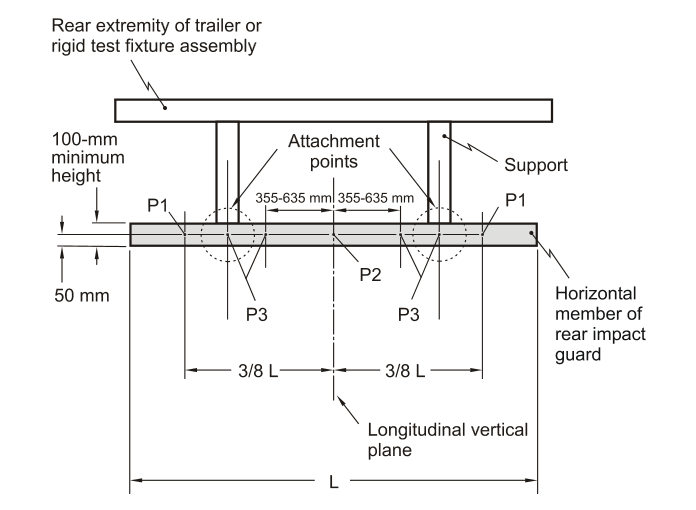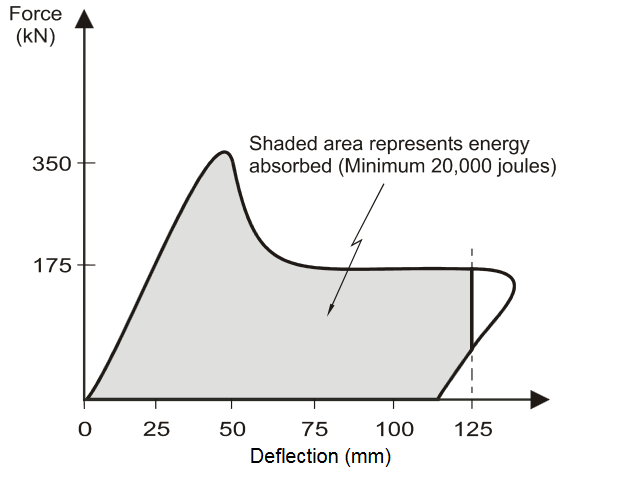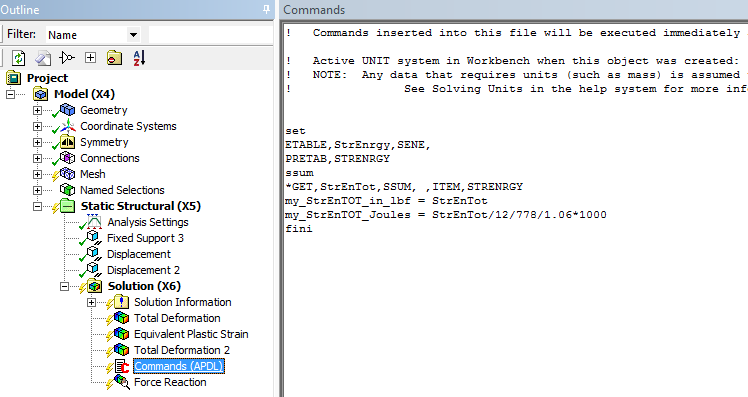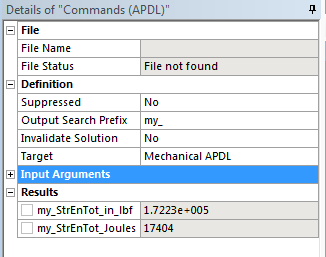Many companies use Ansys to reduce chance of injury and death when an accident occurs such as the overturning of a tractor or the rear impact crash of a car into the back of a trailer. An effective method to minimize danger to vehicle occupants during an accident is to ensure that that the structure absorbs sufficient energy through plastic deformation during the accident impact.
Many vehicles have Roll Over Protection Systems (ROPS) to reduce injury to operators. Figure 1 shows a Bobcat skid steer loader including its ROPS, which is the black cage structure surrounding the driver.

Manufacturers in the earth-moving and agricultural equipment industries design ROPS structures in accordance with the standards ISO 3471 and SAE J2194, respectively. These standards specify physical tests involving sequential pushes in the lateral, vertical, and longitudinal directions while ensuring that the structure absorbs sufficient energy through plastic deformation in each push direction. In addition, there are limitations on the structure deformation to ensure that the structure does not infringe on the volume occupied by the operator, referred to as the Deflection Limited Volume (DLV).
A cost-effective ROPS design approach is to use engineering simulation to design a vehicle to meet energy absorption and deformation requirements. This type of engineering simulation is difficult, however, and many finite element products are not able to accurately calculate the energy absorption during the tests. The challenges are that the finite element code must be able to represent a nonlinear stress strain curve that extends far into the plastic range; quickly and reliably converge as the structure experiences large deformation, plastic strain, and nonlinear contact; and accurately calculate energy absorption. Ansys Mechanical is very well suited for this type of simulation.
The tractor-trailer industry relies on rear impact guards to absorb energy when a car runs into the back of a trailer. Figure 2 shows the rear impact a Chevrolet Malibu crashing into the rear impact guard of a trailer.

DRD recently teamed up with Wilson Trailer of Sioux City, IA to use Ansys Mechanical for design of trailer rear impact guards. Wilson Trailer uses a test method from the Transport Canada Motor Vehicle Safety called Test Method 223. Test Method 223 requires 5-inch displacement loads to be applied at 3 locations of the rear impact guard as shown in Figure 3 and then removed, and the guard must absorb at least 20,000 Joules energy for each load application.

When we simulate a ROPS test or a rear impact guard test in Ansys, we must accurately track the energy absorption as illustrated in Figure 4, which is a component of Test Method 223.

The Ansys Workbench graphical user interface does not have a built-in button to calculate the absorbed strain energy, however, it’s very easy to perform this calculation using a commands object. Figure 5 shows the content of a commands object to calculate absorbed energy and where it belongs in the model tree.

Note that for convenience the commands object calculates the strain energy in two systems of units, lbf-in and Joules, and stores the values into parameters that start with the character string “my_”. When the commands object has been executed Ansys will display all parameters and their values for parameter names starting with “my_” in the commands object details window as shown in Figure 6.


